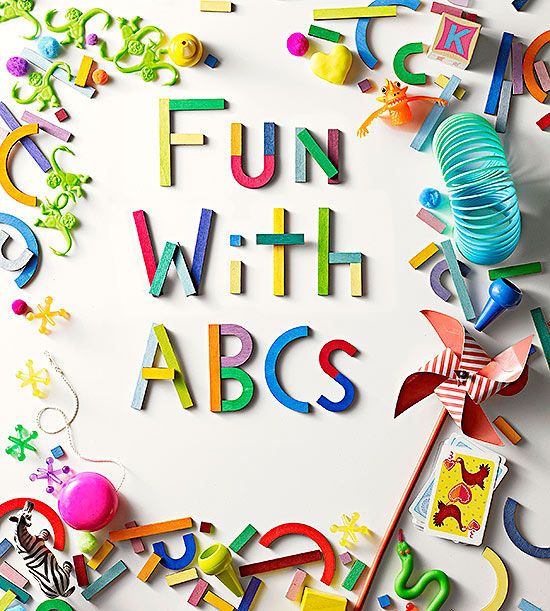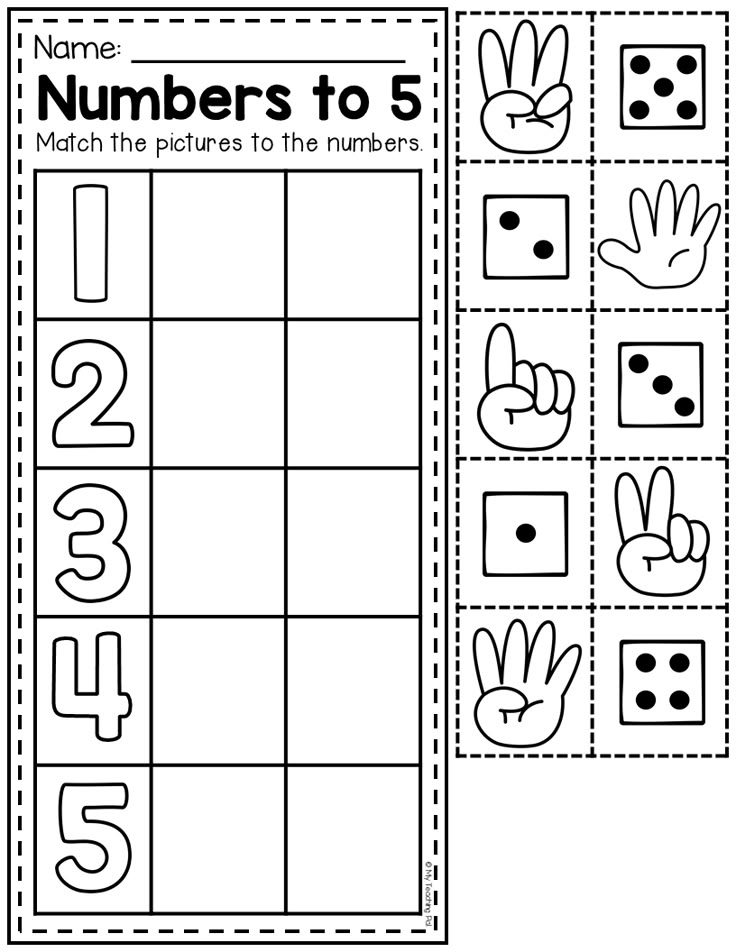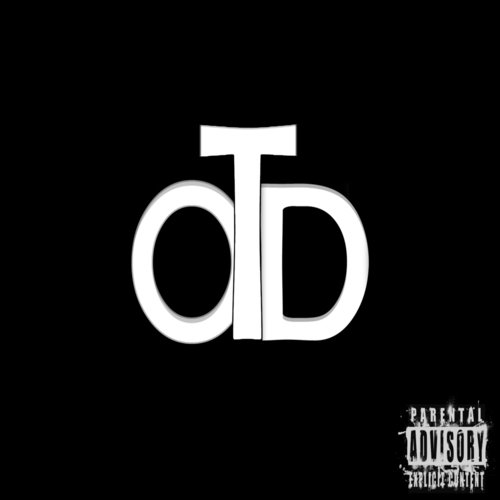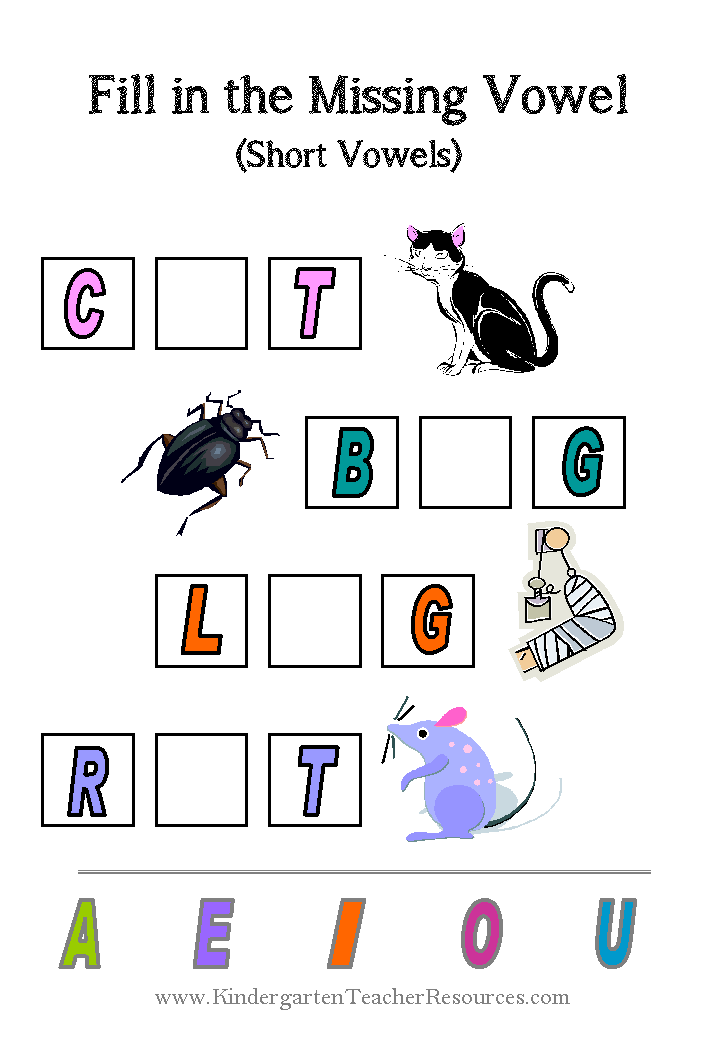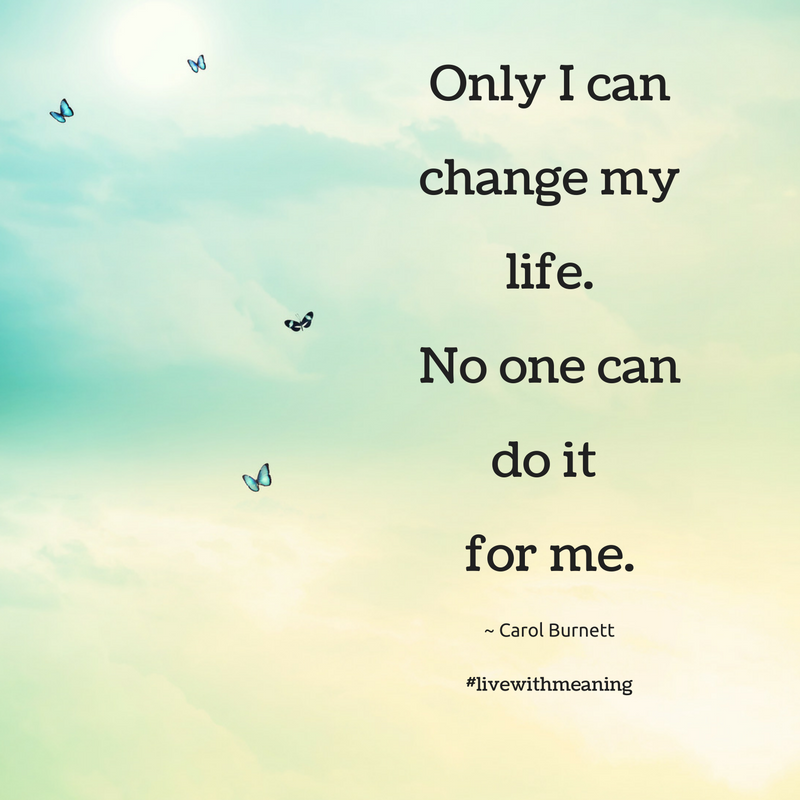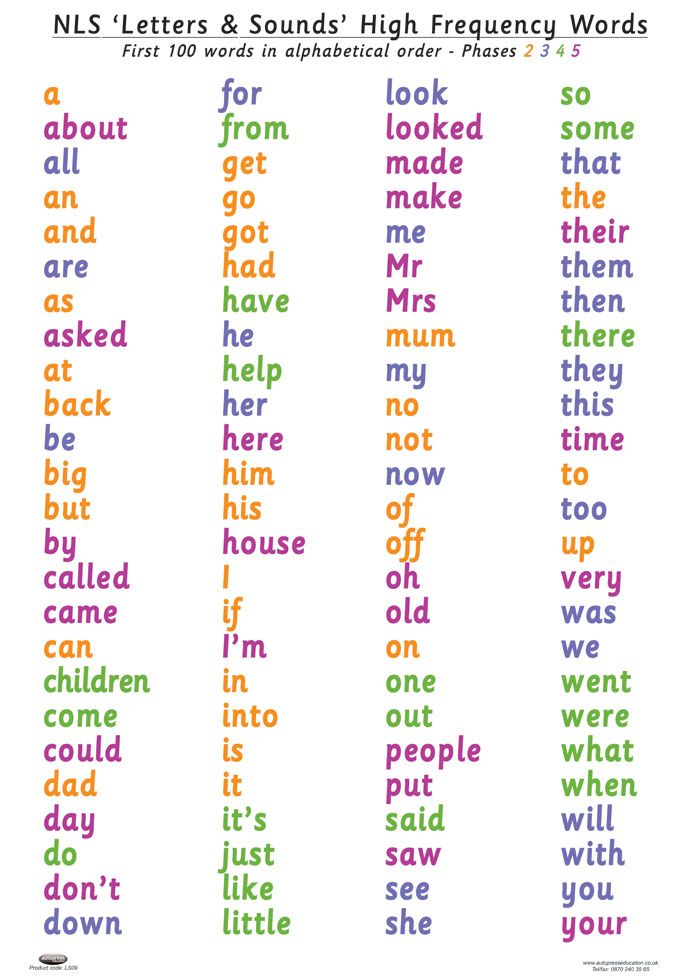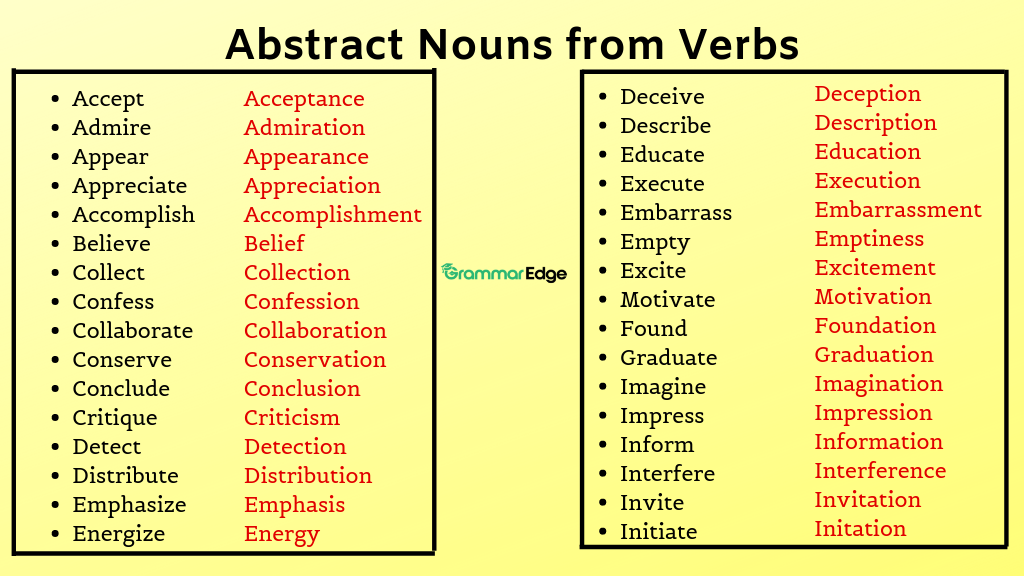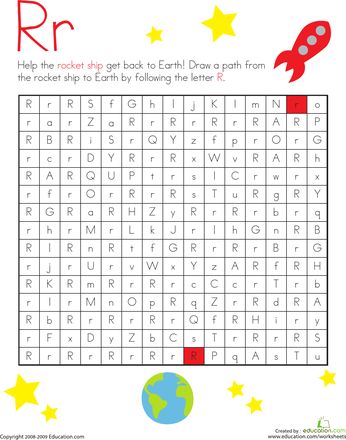Child learning alphabet
Teach your Child the Alphabet Here!
Anyone who has kids or has taught them will tell you how difficult it can be to get them to focus on anything for extended periods of time, especially if it’s anything educational. That’s why we’ve came up with a couple of creative options you can try to coax kids into learning and hopefully remembering their ABC’s:
Select the Alphabet to see specific activities corresponding to that letter.
Letter A Activities Letter B Activities Letter C Activities Letter D Activities Letter E Activities
Letter F Activities Letter G Activities Letter H Activities Letter I Activities Letter J Activities
Letter K Activities Letter L Activities Letter M Activities Letter N Activities Letter O Activities
Letter P Activities Letter Q Activities Letter R Activities Letter S Activities Letter T Activities
Letter U Activities Letter V Activities Letter W Activities Letter X Activities Letter Y Activities
Letter Z Activities
Here are some other ways:
Drive Somewhere:
This one is fairly easy to pull off, especially if you drive your kids on the morning school run. All you have to do is point at things like billboards or licence plates and have your children work their way through the letters on it.
It’s an interesting way of learning and it has the added benefit of keeping your kids amused on those long haul journeys or when you’re stuck in traffic.
Alphabet Challenge:
This one can be a lot of fun if you do it right. What you need to do is call out a series of letters or show your children letters on a board for a few brief seconds then have them write a word associated with that letter.
So for example, you would say the letter ‘b’ and they would then have to write ‘ball’, ‘bee’ or if they’re trying to show off ‘byzantine’, although the latter would probably be a bit of a fluke.
Make Alphabet Snacks:
It’s common knowledge that kids love snacks, they will devour everything animal shaped or colorful that’s put in front of them like a pack of tiny piranhas.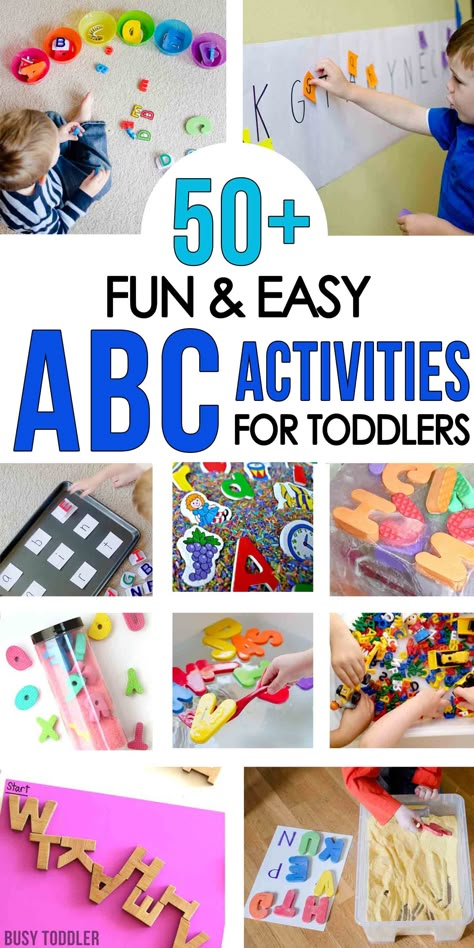 So what better way to funnel this hunger than by making them snacks based on the alphabet.
So what better way to funnel this hunger than by making them snacks based on the alphabet.
However, instead of turning them loose on the undefended cookies you could tell them to only eat one specific letter.
For example, they can only eat something that’s shaped like the letter ‘a’. That way they start to associate learning the alphabet with treats, which in turn helps to motivate them to learn more.
Sing-Along-Songs:
Sing-Along-Songs are perhaps your best weapon in the war against getting your kids to learn the alphabet. These catchy little tunes are always fun to sing with your children and they will always love a chance to sing a silly song.
If you really want it to stick you could do it every day to maximize the effects of the hypnotic melodies.
Alphabet Bingo:
This one is a ton of fun to play and set up; you can try wrangling your kids in to help you make the cards. For bonus parent points you could let them customize their cards, which will in turn help nurture their own creativity.
How it works is, you sit your kids down and they each have a card with a series of letters on it, you then sound out the letter as if you were a bingo caller and the kids tick off the appropriate squares on their card. The first child to fill in their card or make a horizontal or vertical line is the winner.
If you want to get really creative you could say words instead of letters and the kids can mark off the first letter of the word. Or if you want to help them with their spelling you could change it to the second, third or fourth letter, although you should make sure the letters you’re using will appear on the cards.
Alphabet Bag Game:
Last, but not least is the Alphabet Bag game. This activity is pretty straightforward to set up; you need a bag and an assortment of items.
Once you have your bag you then show the contents to the kids and ask them to pick an item beginning with a specific letter out of it without looking. If they get it right they win, simple as that.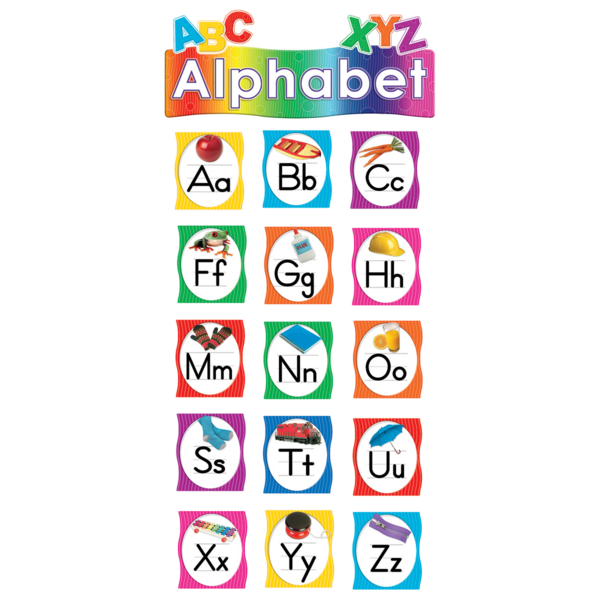
These are just a couple of creative ideas you can try to help your children learn the alphabet, each child will take to these various activities differently, it just depends on how fun you make it for them.
When you’re making your own game at home just remember that your main focus of the activity is to make it as fun as possible for your kids, otherwise they won’t show any interest in it at all.
6 Ways To Help Your Child Master Letters
Is your child showing an interest in learning the alphabet? Are you unsure of the best approach to help them master letters? If so, you’ve come to the right place.
We have plenty of tips up our sleeves to help you teach your child the letters of the alphabet and, more importantly, have fun doing it!
Keep reading to learn why gaining an understanding of the alphabet is important in early development; plus, discover our favorite ways to practice this new skill.
The Importance Of Learning The Alphabet
Seeing letters in their written form can be confusing for young learners.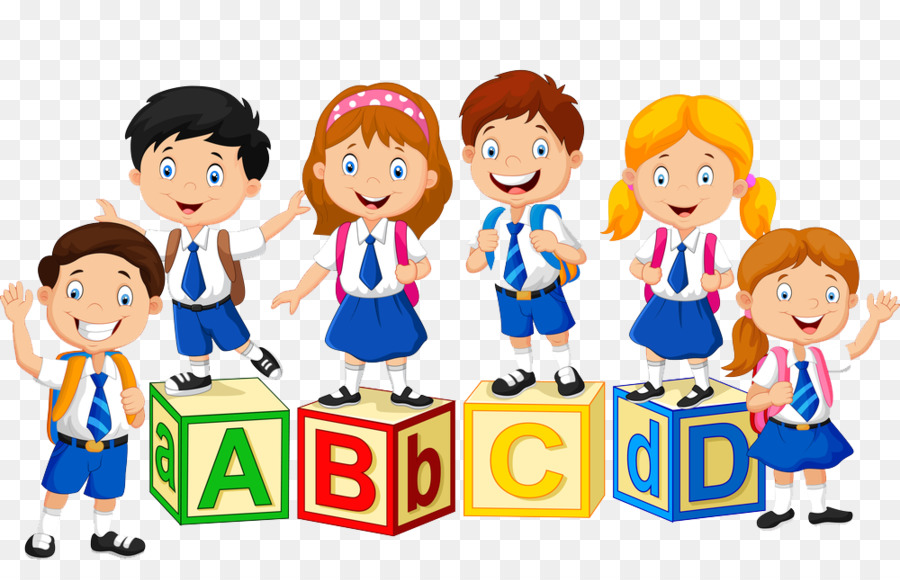 Plus, aside from learning the letter names, you also want your child to connect the sound of each letter to its written form, as this is crucial for learning the alphabet in its entirety.
Plus, aside from learning the letter names, you also want your child to connect the sound of each letter to its written form, as this is crucial for learning the alphabet in its entirety.
Knowing the sounds associated with each letter in the alphabet helps children build a solid foundation for a variety of tasks — from reading activities to writing activities —and helps develop confident learners.
Children are often eager to learn the alphabet — after all, it’s a developmental rite of passage. For some children, this will come naturally. But, for others, it might not be as straightforward.
Children who are developing their working memory, or those who have weaknesses in their working memory, can find tasks such as learning the alphabet frustrating. While this might be disheartening to see, don’t worry! There are ways to overcome it.
Start working on the alphabet with your child early, around age two or three. If they seem uncomfortable rather than interested or they back off, it’s best not to rush them.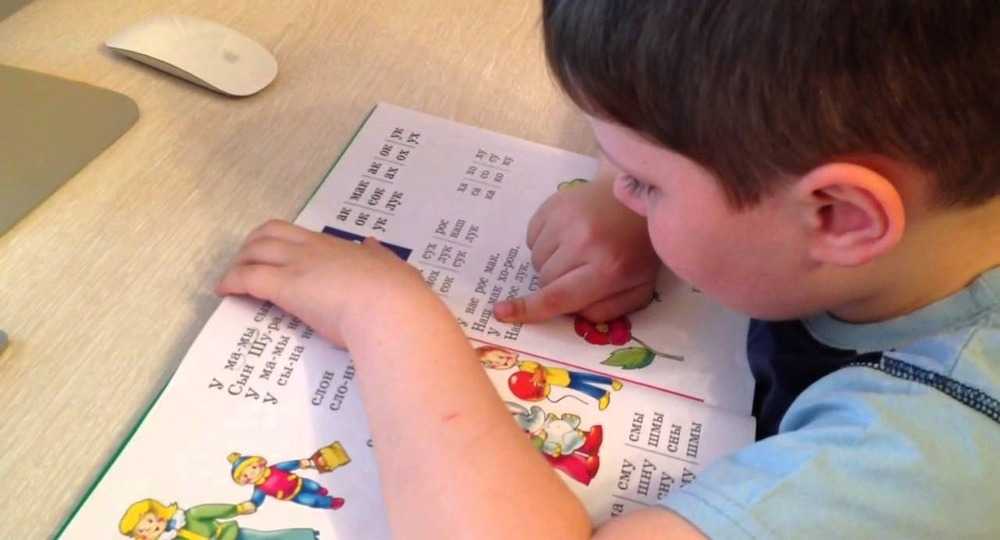
If this is the case, try sticking to simple activities — such as singing alphabet songs, reading alphabet books, and having magnetic letters available to play with — and hold off on more complex activities until they’re ready.
The key to making learning the alphabet a fun activity is to keep things playful and engaging! With that in mind, take a look below at our six favorite ways to help your child learn the alphabet.
6 Ways To Encourage Learning The Alphabet
1) Read Alphabet Books
Reading alphabet books with your child is a great way to expose them to the uppercase and lowercase versions of each letter of the alphabet. The more opportunities your young learner has to identify letters, the better!
Look for alphabet books that have bright, colorful pictures with the letters printed in a large, bold font to make it as simple as possible for your child to memorize.
Having each letter singled out and associated with a particular picture (for example, a picture of an apple for the letter “A”) helps children focus on one letter at a time.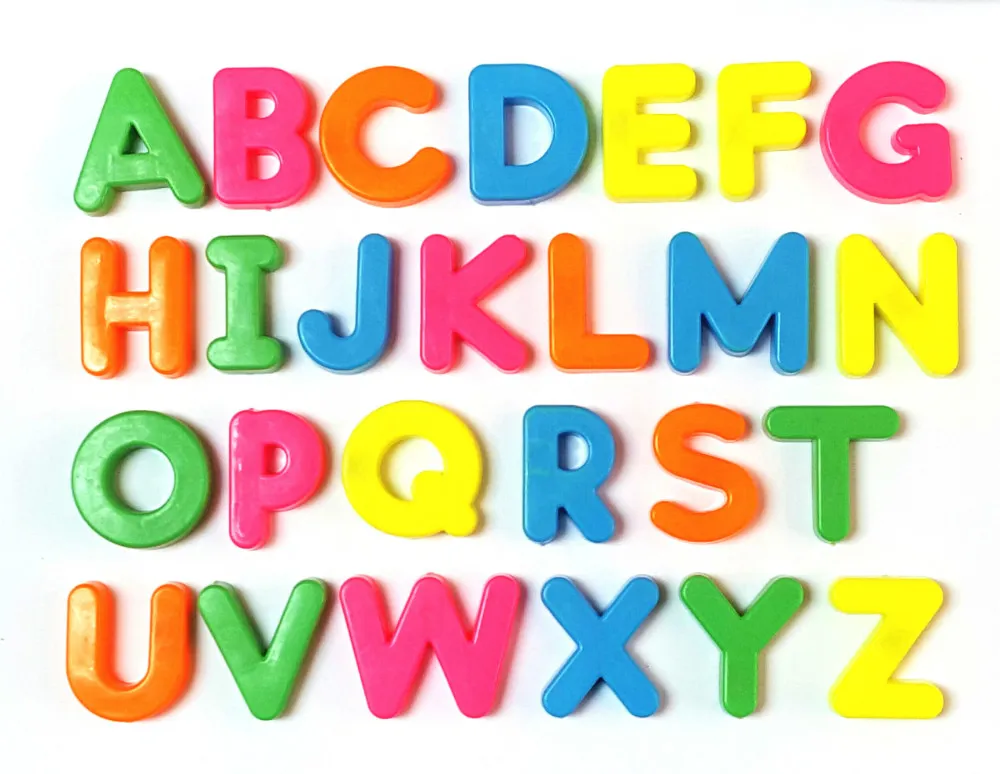
Try reading alphabet books together at bedtime while you snuggle to help your child associate reading and learning with positive feelings. By starting your child’s reading journey in a positive way, you’re setting them up for success.
2) Learn The Letters Of Important Names
Since your child has known their name for some time now, it makes sense that one of the first written words they should learn is their name.
You can start by teaching your child the individual letters in their name. As they become more familiar with the written version of their name and they’re able to match the sounds to the letters, try adding the names of loved ones into the mix.
Family members like Mom, Dad, Grandma, Grandpa, siblings, and pets are a great place to start!
3) Choose A Letter Of The Day
As we mentioned earlier, the thought of memorizing 52 letters that each have an uppercase and lowercase version can feel very overwhelming — not only for your child but also for you.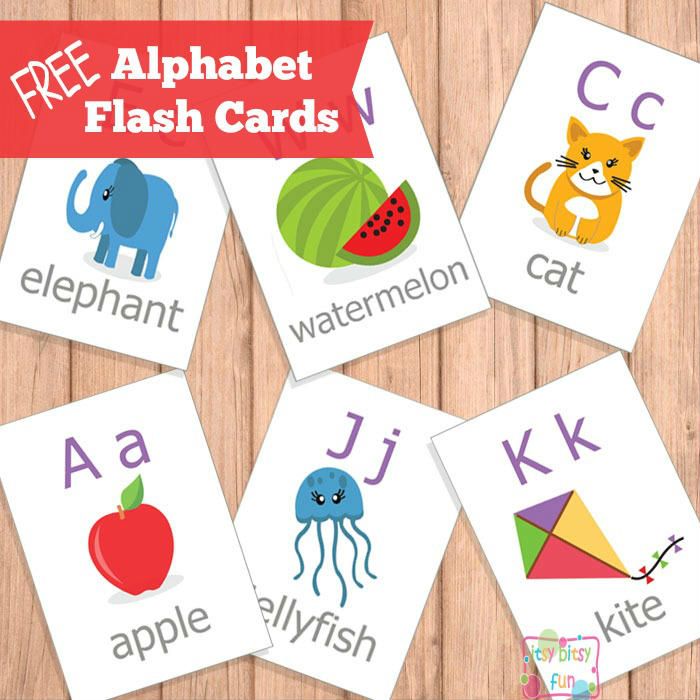
It can be helpful to pick a “letter of the day” to focus your learner’s attention on. Try focusing first on letters with names similar to their sounds.
For example, the letter “B” and its sound are connected, whereas a letter like “H” is more difficult to grasp because it’s not pronounced the same or similarly to its name.
Once you’ve chosen your letter, see how many times you can spot it as you go about your day. Draw your child’s attention to street signs, words on food packaging, and phrases that come up in their favorite books or television shows.
Anytime you can incorporate learning the alphabet in a fun way and make a game of it, take advantage of the opportunity.
4) Play With Magnetic Letters
Magnetic letters are a great tool to incorporate into your daily routine when helping your child learn the alphabet.
Simply having a set of magnetic letters on your refrigerator is a good start, as your child will see them regularly. Plus, you can easily have your child practice reciting some of the letters throughout the day whenever you’re in the kitchen making a meal or snack.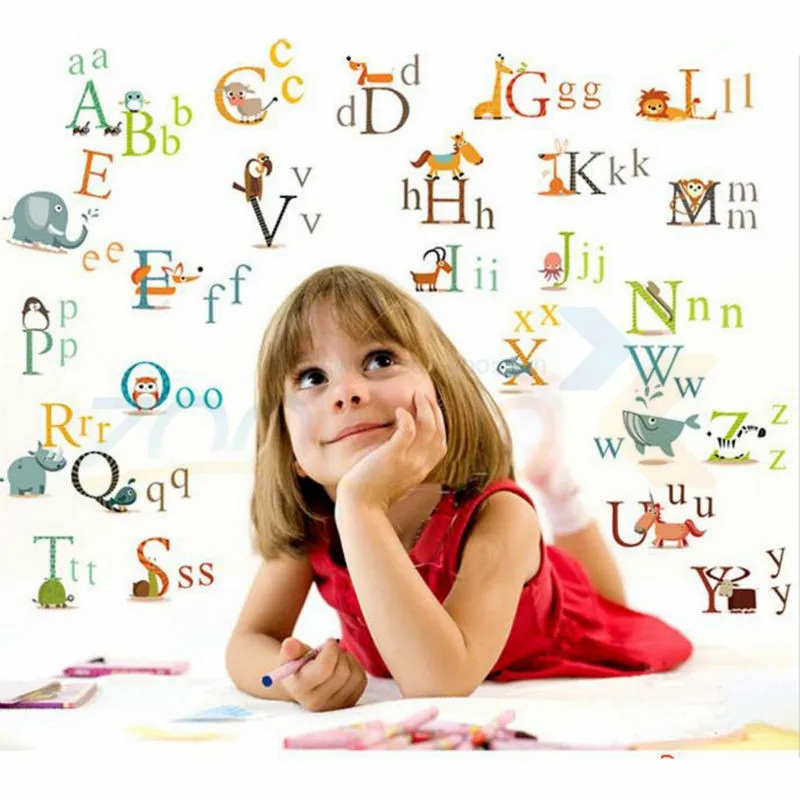
For example, if you’re cutting up an apple for your child, you might ask them, “Apple starts with the letter ‘A.’ Can you find an ‘A’ on the refrigerator?”
Another engaging way to incorporate magnetic letters into learning is by hiding them in places your child might not expect and discussing the letter sound when they find it.
Try sneaking a letter into the cutlery drawer, onto their seat at the dinner table, next to their toothbrush — anywhere that they’re likely to come across it. When they notice it, make it a fun game by saying, “How did that sneaky letter ‘B’ get in there?”
Once your child is more familiar with particular letters, you might like to ask them what the letter is, rather than telling them. Try a phrase like, “Wow, that letter must be following you! Which letter is that?”
By repeating simple games like this, you can help your child recognize letters and remember their corresponding sounds.
5) Sing Alphabet Songs
In addition to the classic ABC song, there are many songs available on the HOMER Learn & Grow App as well as YouTube and Spotify that can help your child with learning the alphabet.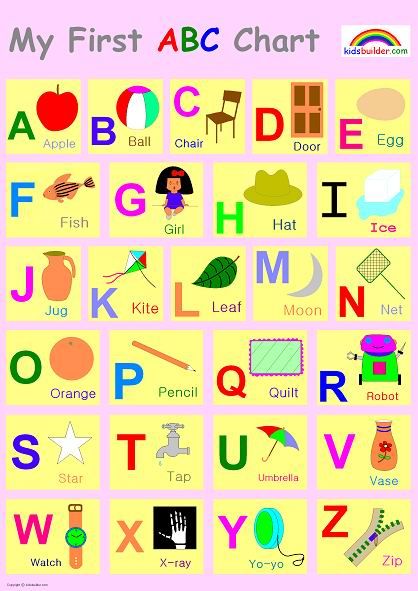
If your young learner has a favorite educational television show, try searching for songs featured on the show that incorporate learning letters and letter sounds.
If you can’t find the perfect one, make up your own! You and your child will have a great time using silly rhymes and funny sounds to write an alphabet song. And if they’re involved in the process, it’s going to be a project they’re proud of and can’t wait to show off.
You could even come up with a dance to accompany your new song! This is a great chance to get creative with your child and enjoy some fun movement together as well.
6) Incorporate Your Child’s Favorite Toys
What child doesn’t love playing with their toys? Whether it’s trucks or dolls, incorporating your child’s favorite toys into their learning journey is a clever way to help them understand the alphabet.
For this game, you can use your magnetic letters or create your own by writing each letter on a small piece of paper.
If your child has a collection of toy trucks that they love, stick a letter onto the tray of each truck.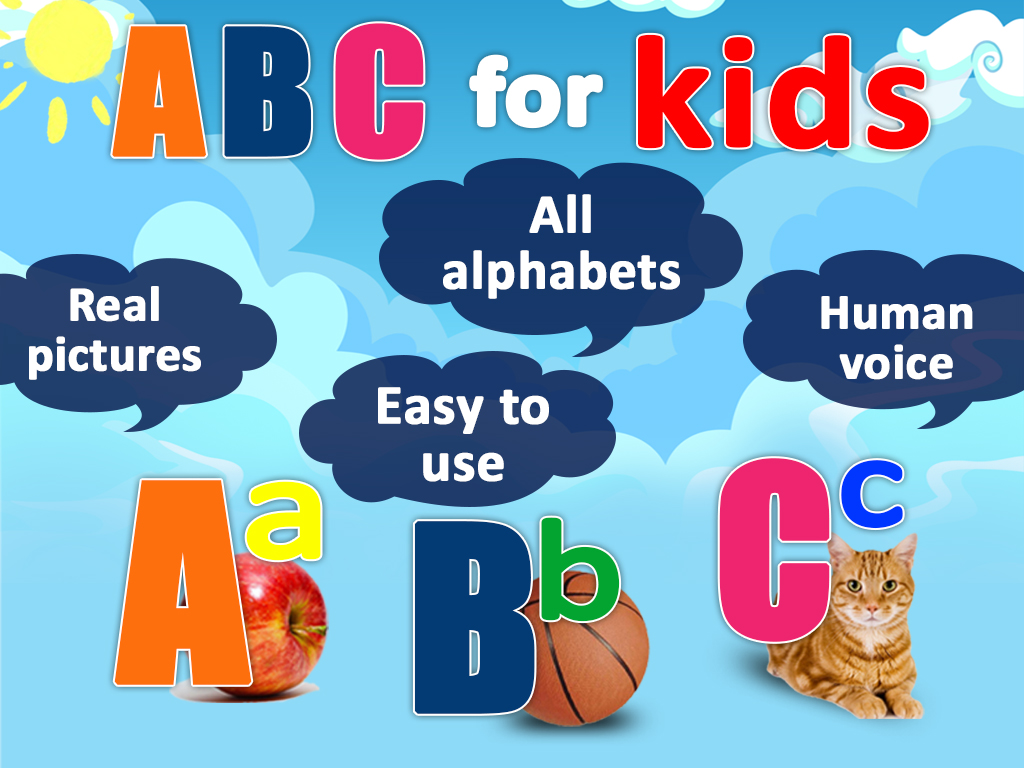 As your child plays, you can ask them to move the “B truck” or the “C truck” from one place to another. This is great for practicing letter recognition.
As your child plays, you can ask them to move the “B truck” or the “C truck” from one place to another. This is great for practicing letter recognition.
You could also incorporate letter sounds into this activity by asking your child to drive the truck with the letter that makes a “buh” or “kuh” sound (for the letters “B” and “C” respectively).
If your child has a set of dolls they play with often, there’s no doubt they each have special names. Try sticking the first letter of each doll’s name onto the toy to help your child recognize and memorize the letters and letter sounds associated with each one.
This is also a good time to introduce the idea of using initials to recognize what belongs to us, as you would with a backpack for school.
Have Fun Learning The Alphabet With HOMER!
Learning the alphabet doesn’t have to be overwhelming or boring! With our fun activities listed here, from using songs and dances to incorporating your child’s favorite toys, you can both enjoy this part of the learning process together.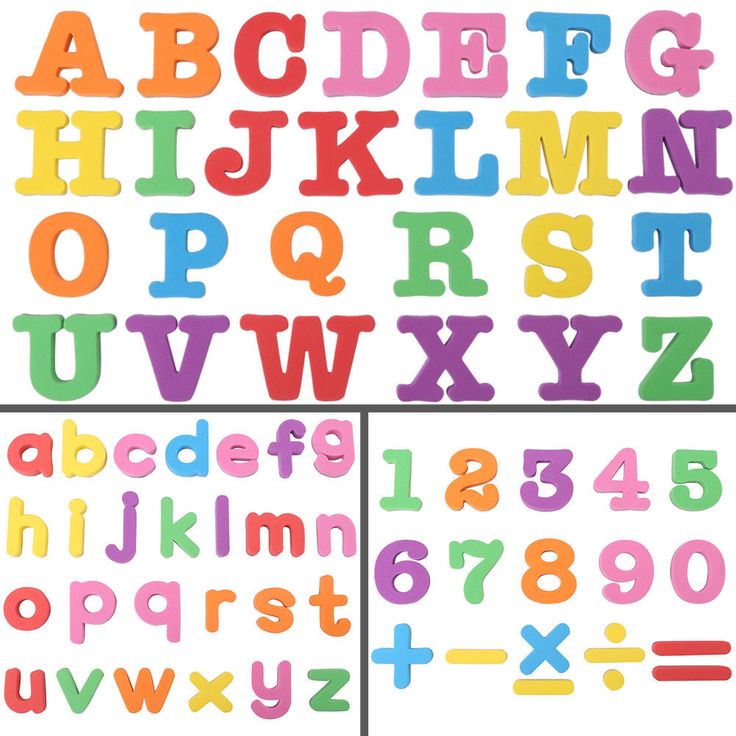
Remember to keep it up by practicing these activities throughout the day — repetition is a fantastic learning tool to help your child master letters.
To build on your young learner’s alphabet skills, our Explore Letters Kit is the perfect addition to your daily activities. Watch your child’s confidence grow as they develop their literacy skills through play on ABC Island!
Author
How to learn the alphabet with a child. Learning letters together
Letters are all around us. Signs, announcements, books and magazines - all this the child sees from a very young age. But it doesn’t immediately become clear that these “squiggles” are not just incomprehensible meaningless icons, but a way to convey information in the form of text. Therefore, with the study of the alphabet, a completely new world opens up for the baby, in which letters are folded into syllables, and syllables into words that can be read and later written.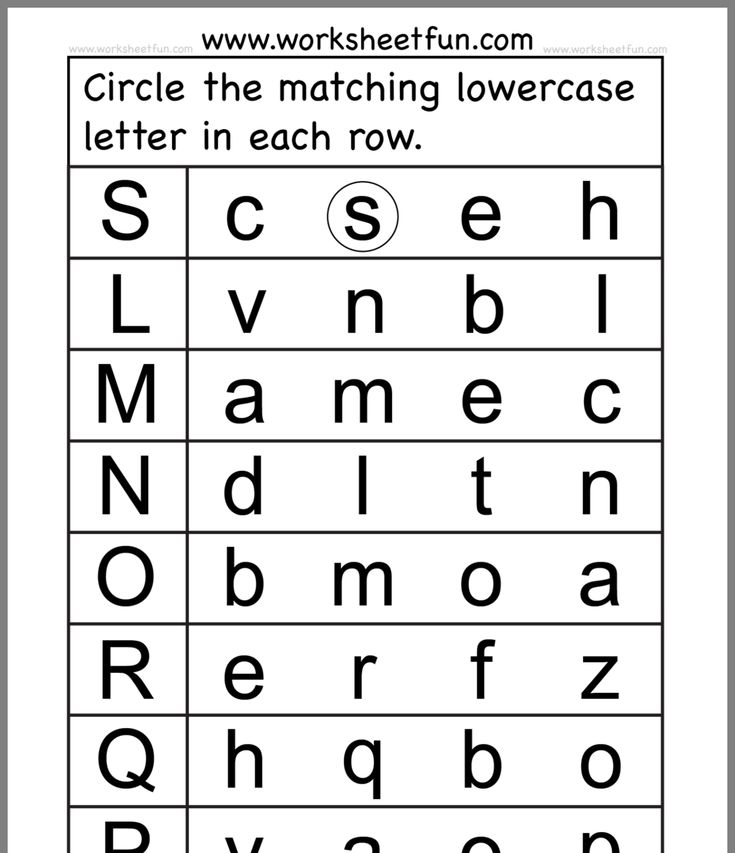 In our article, we will tell you when to start learning the alphabet, how to make the process interesting for a child, and what methods are best for children of different ages. nine0003
In our article, we will tell you when to start learning the alphabet, how to make the process interesting for a child, and what methods are best for children of different ages. nine0003
Why learn the alphabet?
It seems that the answer to this question is quite obvious - that the child can read. However, it's worth digging a little deeper. Often, parents do not fully realize what caused their desire for the child to quickly master the letters. If the kid is already 5-6 years old, and the first grade is just around the corner, then the desire to learn the basics so that further study is easier, understandable and logical. Or maybe your child is only three years old, but you want him to show off his knowledge at a family evening? Or do all the acquaintances vying with each other say that their children have not only learned the alphabet, but also read freely? Give yourself an honest answer to these questions, and consider whether it is necessary to postpone training until a more appropriate moment.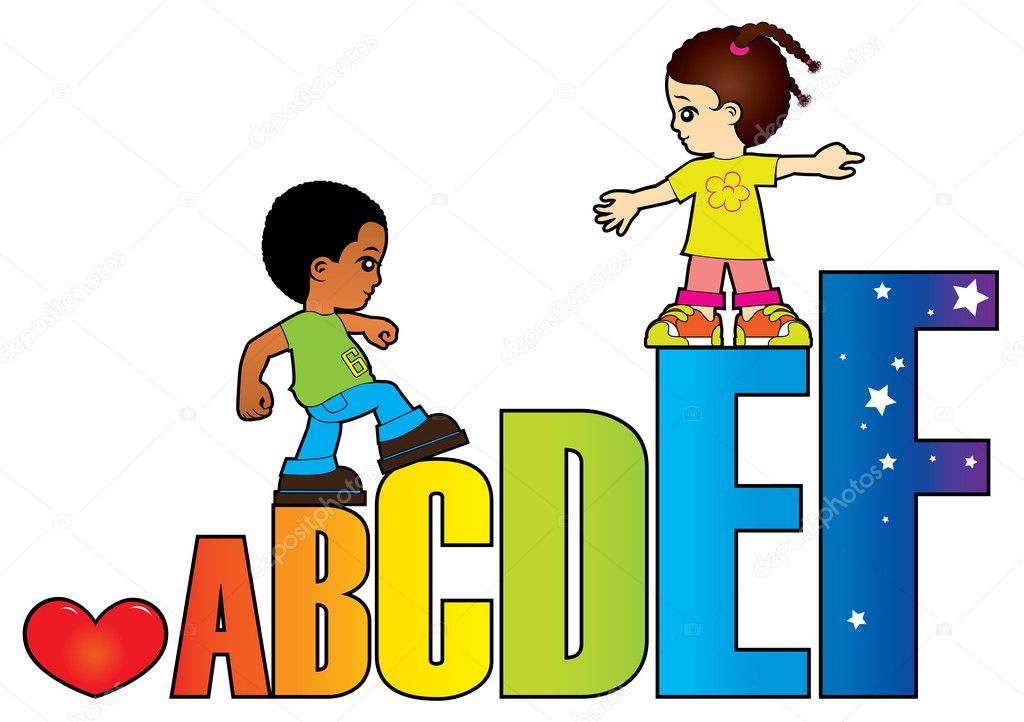 nine0003
nine0003
The most important thing is whether your child is ready. Curiosity, interest in new things, the ability to memorize previously unknown information are all signs that you can start learning the alphabet. But you should always remember that there is no point in teaching against the child’s desire, all classes should be held in an unobtrusive playful way. Questions “how to read?”, “What kind of letter?” Are pouring in on you, the baby is interested in not only pictures in books, but also captions to them, or are you going to school soon? Well, then feel free to start your acquaintance with the alphabet. nine0003
Basic tips for learning the alphabet with a child
The alphabet is not just a certain sequence of letters. This is the foundation from which the child's learning to read begins. Therefore, it is important to understand that simply learning the alphabet as a rhyme or a counting rhyme is possible, but practically useless if there is no practical application of the information received.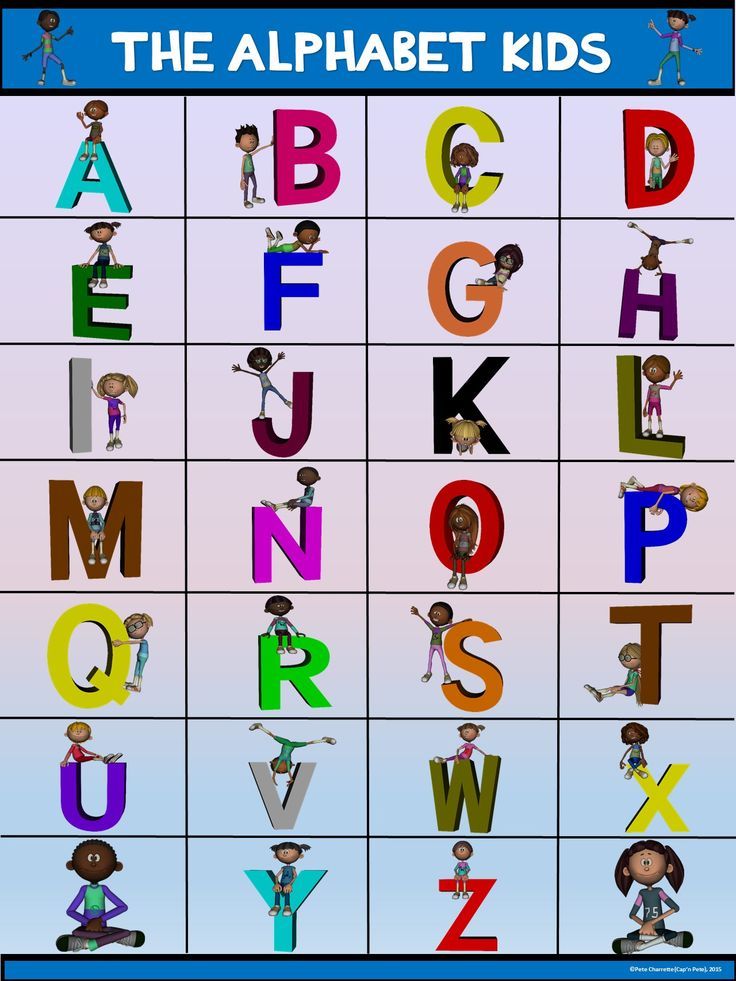 If you do not start trying to teach your child to read immediately, but after a long break, there is a high probability that your baby will simply forget the letters by this point, and you will have to start all over again. nine0003
If you do not start trying to teach your child to read immediately, but after a long break, there is a high probability that your baby will simply forget the letters by this point, and you will have to start all over again. nine0003
There are a few general rules to follow when you start learning the alphabet with children:
1. Learn the sounds, not the letters
It's easy for us adults to figure out what the name of the letter is and what sound it is means may not match. For a small child, on the contrary, such a concept may be too complicated. Do not confuse the baby, he will eventually learn that the letters are called “be”, “el” or even “and short”, better demonstrate what sounds are indicated by the corresponding signs - “b”, “l”, “y”, give examples of words with these sounds. In this way, the child, with less effort, will be able to understand how syllables are read, and later whole words. nine0003
2. Do not learn the alphabet in order
Remembering a clear sequence is, of course, useful for the development of a child's memory, but it does not make it obvious to him what he actually learned and why. If, however, the alphabet is disassembled gradually, according to a clear and logical system, without overloading the child's perception excessively, there will be much more benefit, since knowledge will not be superficial, but based on a deeper understanding of the structure of the language.
If, however, the alphabet is disassembled gradually, according to a clear and logical system, without overloading the child's perception excessively, there will be much more benefit, since knowledge will not be superficial, but based on a deeper understanding of the structure of the language.
3. Do not mix vowels and consonants
Learning letters mixed up is no less a mistake than memorizing the alphabet strictly in order. Vowels and consonants must be studied separately, otherwise the child will be completely confused. Always remember that things that seem clear and simple to us, small children learn for the first time, so even the main sign by which sounds are divided (vowel-consonant) is not immediately comprehended. The situation when the studied letters do not have any common feature is confusing and slows down the assimilation of the material.
4. Vowels first
There are only 10 vowels in the Russian alphabet, so the child will have to remember a little at first.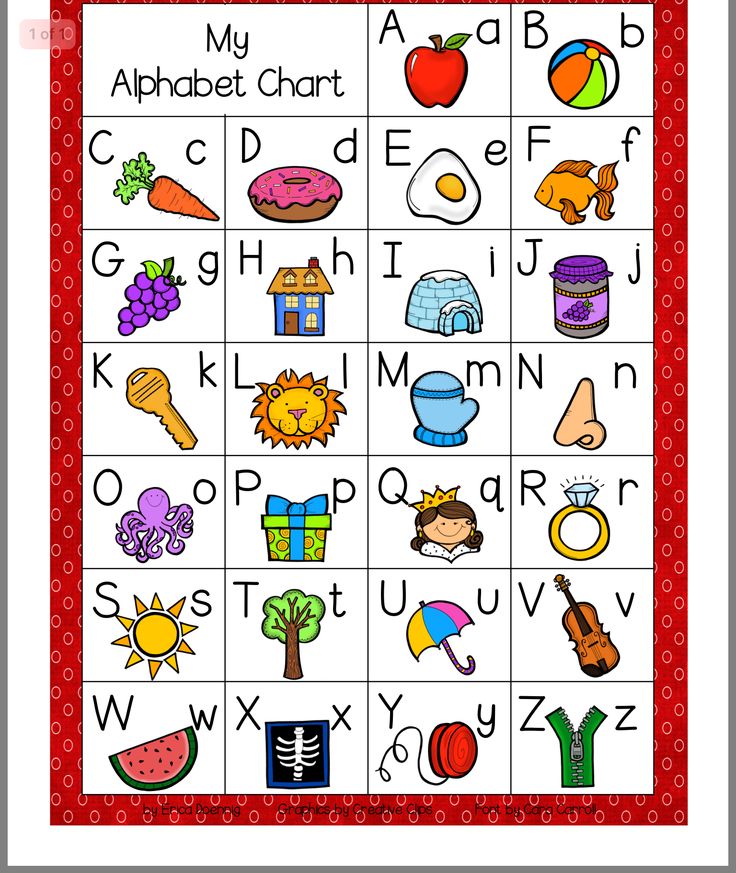 In addition, vowels require only a long “singing” and slight changes in the articulation of the lips, neither the tongue nor the teeth need to be connected, so it will be easier for the baby to understand how the written sign correlates with the sound being pronounced. When all the vowels are firmly learned, it will be possible to add consonants.
In addition, vowels require only a long “singing” and slight changes in the articulation of the lips, neither the tongue nor the teeth need to be connected, so it will be easier for the baby to understand how the written sign correlates with the sound being pronounced. When all the vowels are firmly learned, it will be possible to add consonants.
5. Don't force learning
Of course, you really want your child to learn all the letters and start reading as soon as possible, but you still shouldn't rush. Learn one or two letters, repeat what you have learned more often, do not move on to a new one without waiting for the consolidation of what has already been studied. Start with very simple and clear things. Show the young student the letter "A", tell how it is pronounced, what it looks like, what words begin with it. Fold it together with the baby from sticks, draw or mold it from plasticine - tactile sensations will help the child better remember the image of the letter and associate it with sound.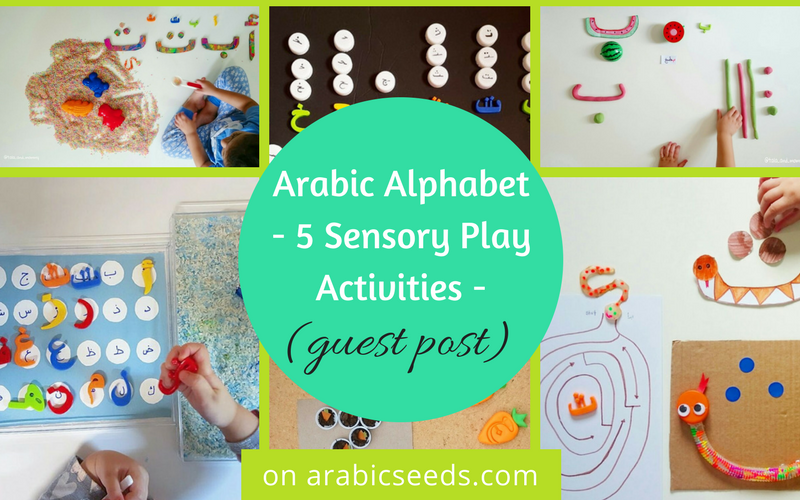 Apply theory to practice, for example, ask while walking to look for the letter "A" on signs, in advertisements, and so on. Only when the child has learned the letter and the corresponding sound, proceed to the next, all the same one at a time, methodically and slowly. nine0003
Apply theory to practice, for example, ask while walking to look for the letter "A" on signs, in advertisements, and so on. Only when the child has learned the letter and the corresponding sound, proceed to the next, all the same one at a time, methodically and slowly. nine0003
Age-appropriate alphabet learning
3-4 years old
If you think your child is ready to learn letters at 3 years old, here are some tips and tricks to help you get great results.
First of all, in no case do not force or coerce the child into classes, they should take place exclusively at the request of the child, in a fun way, and end as soon as you see signs of fatigue and weakening of concentration. The optimal lesson time for a three-year-old is 5-7 minutes. nine0003
Do not set a goal to learn the entire alphabet in a short time, it is at best pointless, and in some cases it can even be harmful - up to a certain point the child's brain may simply not be ready for this or that knowledge.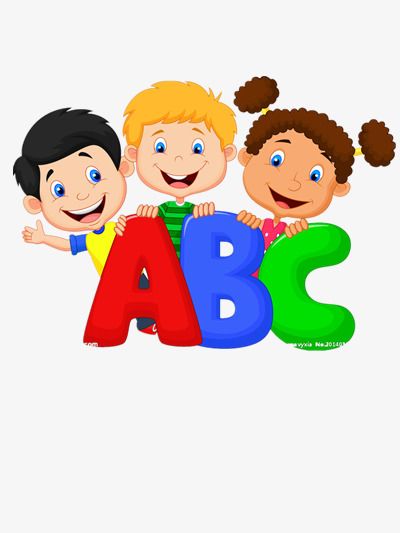 Do not try to outwit nature, at three years old your task is more to interest, captivate the child, show him the basics.
Do not try to outwit nature, at three years old your task is more to interest, captivate the child, show him the basics.
Do not overload your child with a lot of information - let your “lessons” take place no more than twice a week, and take the rest of the time to consolidate and repeat the studied material. At the same time, the regularity of classes is very important, conducting them from time to time is not the best idea, the child will get confused and forget what you went through with him. nine0003
Start with vowels. Move on to consonants only when you are sure that the child has firmly learned all 10 vowels and brought the skill to automatism. Vowels are best taught in pairs: A - Z, O - E, U - Yu, E - E, S - I. So it will be easier for the baby to remember. Later, this will also help with the assimilation of the principle of hardness-softness of consonants.
Use books with bright, large pictures. Closer to the age of four, the child will also be interested in blocks with letters, coloring books and stickers, posters with and without voice acting; but be careful with the posters - remember that we need to learn the sounds, not the names of the letters, so look for posters that pronounce exactly the sounds.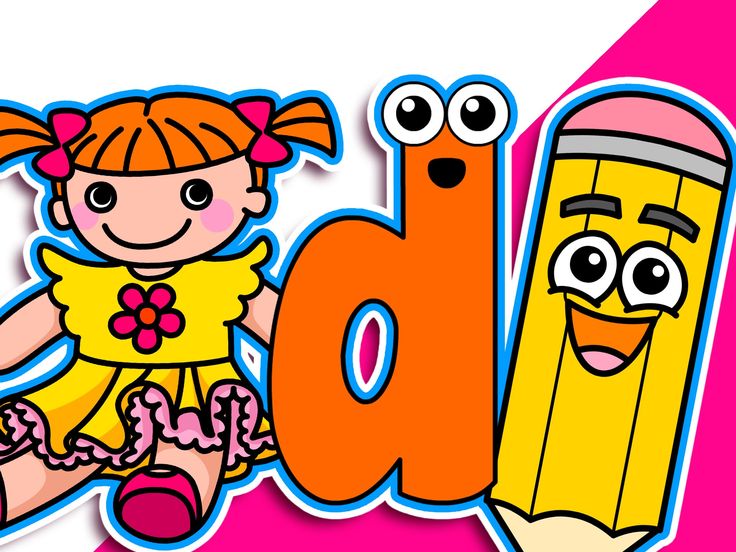 Magnetic letters will also help - they can be placed on a magnetic board or simply on the refrigerator. You can learn rhymes and songs with the mention of the sounds that you are studying, play with letters cut out of paper. nine0003
Magnetic letters will also help - they can be placed on a magnetic board or simply on the refrigerator. You can learn rhymes and songs with the mention of the sounds that you are studying, play with letters cut out of paper. nine0003
Let the child represent the letter in different ways - by drawing, modeling with plasticine, folding with sticks or drawing lines in the sand or grits. Such activities are also useful for fine motor skills, and this is a very important skill for the baby, which affects, among other things, the development of speech.
There are more consonants in the Russian language, so it will take a longer time to study them, and if you consider that most consonants have both hard and soft variants, the task becomes even more complicated. But with the right approach, there should not be any particular difficulties. If the child has already mastered all the vowels and understands the difference between, for example, “A” and “I”, then it will not be difficult for him with your help to figure out how “ma” and “me” differ.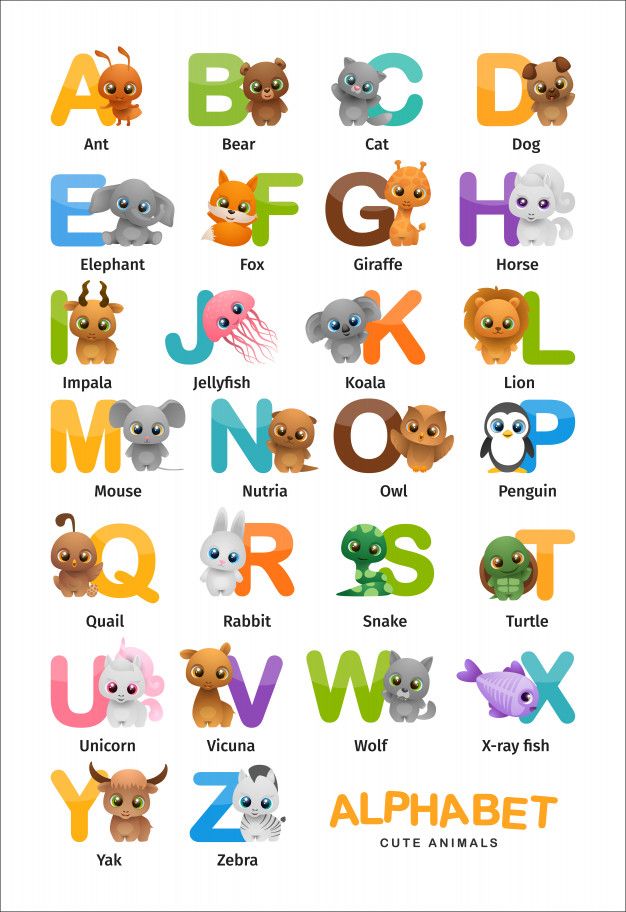 You can make a table where such pairs of syllables will be shown clearly. The main thing is to always clearly pronounce the sound yourself and achieve the same pronunciation in the child. Correct articulation is the key to both good diction and correct reading in the future. nine0003
You can make a table where such pairs of syllables will be shown clearly. The main thing is to always clearly pronounce the sound yourself and achieve the same pronunciation in the child. Correct articulation is the key to both good diction and correct reading in the future. nine0003
5-6 years old
For all our commitment to early development, many experts agree that the optimal age for learning the alphabet is 5-6 years old. The child will soon go to school, which means that his brain is already quite ready to memorize all the letters and gradually learn to read. At this age, it is especially important that your preschooler speaks clearly and correctly, so pay maximum attention to his speech, whether all sounds are pronounced without problems, whether some of them need to be corrected independently or with the help of a speech therapist. nine0003
If at three years the emphasis is on the play component of classes, then by the age of 5-6 it can be slightly shifted towards the child's consciousness.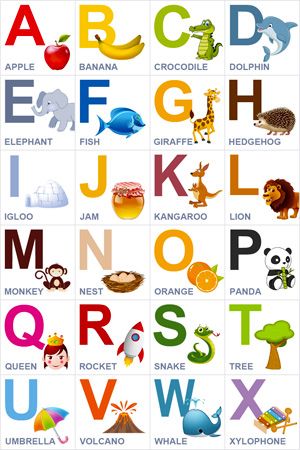 Tell us about how great it will be to read books yourself, how knowledge of the alphabet will come in handy at school. Keep the elements of the game, use the same methods that are suitable for four-year-olds, but increase the lesson time, introduce more printed materials. You will need special recipes for preschoolers, books and manuals with creative tasks, various sets of cards. nine0003
Tell us about how great it will be to read books yourself, how knowledge of the alphabet will come in handy at school. Keep the elements of the game, use the same methods that are suitable for four-year-olds, but increase the lesson time, introduce more printed materials. You will need special recipes for preschoolers, books and manuals with creative tasks, various sets of cards. nine0003
Introduce your child to syllables. Use single letter flashcards to show how a syllable is built - for example, say that a consonant and a vowel run or are attracted to each other and demonstrate their convergence by saying the syllable at the same time. Later, use cards with a ready-made printed or hand-drawn syllable in the lessons. Do not forget about the regularity of classes and the constant repetition of the material covered.
Primer learning
By the age of six, a good primer will be clear and easy to learn. For example, the “Primer” by N. Zhukova is considered one of the best, although for younger children it may seem boring - it focuses on learning without providing entertainment materials.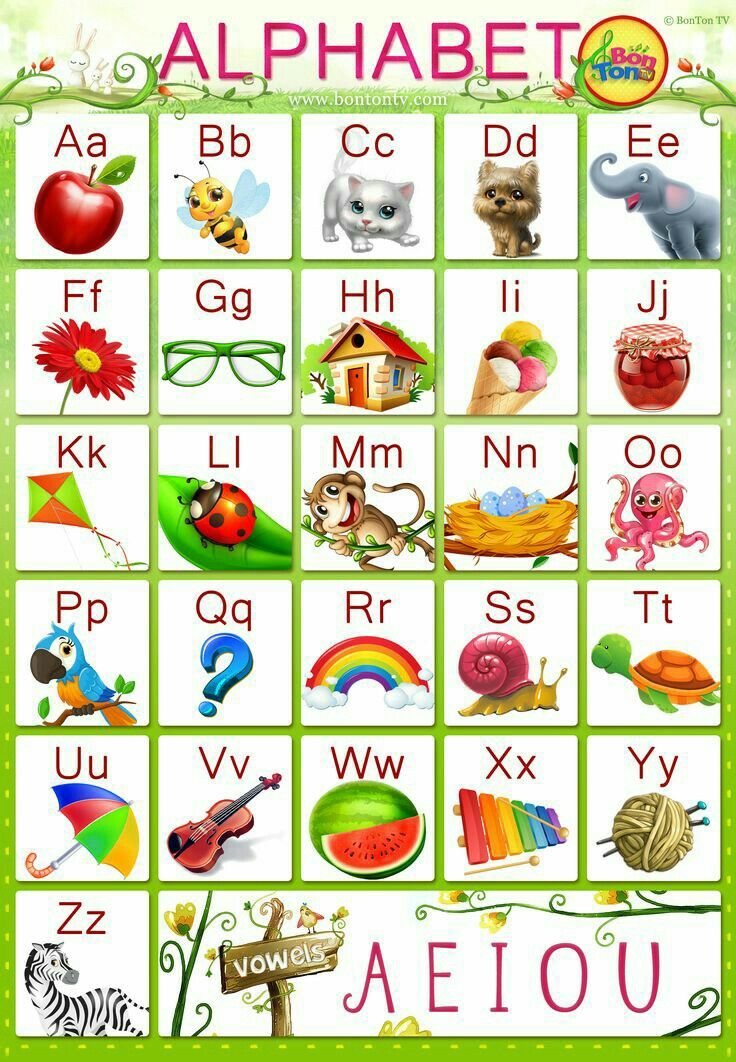 But in this primer much attention is paid to speech therapy moments. nine0003
But in this primer much attention is paid to speech therapy moments. nine0003
“My primer: a book for teaching preschoolers to read” N.V. Nishchevoi - a manual also with a speech therapy bias, but the author adheres to his own methodology for studying letters and sounds. The path from simple sounds to complex ones will help the child develop both reading skills and good articulation.
In order for a child to develop a love for reading from a very early age, VV Shakirova's Journey to the Sound Book is a good choice. There is more entertainment material here that will interest and captivate the child. In addition, Shakirova paid a lot of attention to the development of motivation, and this will definitely come in handy in the future, in the process of further study. nine0003
Games for learning the alphabet
In this section, we will give examples of games that will make learning more interesting and at the same time more effective. Entertaining elements will not only diversify classes, but also provide a fairly wide field for applying the acquired knowledge in practice.
"Find the letter" . On a sheet of paper, arrange different letters in a random order. Let them be bright and large. You name the letter, and the child must find it and show it. A mobile version of this game is to hang sheets with large letters around the room, let the child find and tear off the desired sheet. nine0003
Memo . Prepare a set of cards, each letter must be represented in duplicate to get a certain number of pairs. Cards are laid out in several rows face down. Have the child turn over one card and name the sound that the letter on it represents. Then you need to find a pair for her by opening other cards. It didn’t work the first time - the cards are turned back face down and you have to look again. A pair was found - the player takes both cards for himself, and so on until the moment when all the cards run out. nine0003
“What letter does it begin with?” . Arrange several animals in a row - these can be drawings on paper, cards or small toys. Select the letters with which their names begin, and give them mixed to the child. The task is to correlate which letter refers to whom, and put it next to the desired animal.
Collect the letter . Draw a letter the size of the entire sheet of paper. Cut into several parts, let the kid assemble the resulting puzzle and name which letter is depicted on it. nine0003
Dice game . Surely you have cubes with letters, and if not, they are easy to make yourself out of paper. You roll a die and see which letter comes up on top. The child needs to remember an animal (or even an object!), The name of which begins with this letter and show it, for example, if the letter “B” fell out, then you can depict a crow - wave your hands like wings and croak.
Edible Letters . The alphabet is not only useful, but also delicious! Your child will have even more fun learning if he can not only name the letter, but also eat it. You can buy ready-made cookies in the form of letters, or bake them yourself, so the baby will even be more interesting, especially if you decorate the finished cookies together. You can also cut out letters from fruits and vegetables. nine0003
No matter how your activities progress, be patient with your child, don't demand too much from him or scold him if something doesn't work out. If you follow the basic principles and recommendations, creatively approach the lessons and give the baby positive emotions, your child will definitely learn the alphabet easily and with pleasure.
How to quickly learn the alphabet - learning letters with a child
Letters are all around us. The child sees them in books and magazines, on product packaging, in shop windows. He can't help wondering what it is. Over time, he begins to understand that adults can read, begins to copy his parents, having learned a poem or a fairy tale by heart, and pretending that he is reading a book. nine0003
Experts recommend teaching a child to read shortly before school, since at an earlier age his brain is not yet ready to perceive such information. You can learn sounds with it, learn to distinguish them in oral speech, start mastering the alphabet. This pre-letter period is very important, because thanks to it the child will be able to learn to read fluently and understand what he read.
At what age do you start learning letters?
Many parents are sure that a child's development should start almost from the cradle. But neuropsychologists warn that learning letters and numbers before the age of 3 is harmful. At this age, the emotional and sensory sphere should be formed. If we force a child to learn, then we violate the laws of brain development, which can have negative consequences. nine0003
No specialist will tell you that at the age of 3 or 4 a child should know all the letters. Of course, if you wish, you can force him to learn the alphabet, but this will not be useful, but, on the contrary, can harm. The brain is ready for reading most often by the age of 5-6, and only in 20% of babies - by 4-5. Before this time, it is not worth studying letters.
But this does not mean that you can forget about the development of the child. At 3-4 years old, you need to work on the development of speech, teach the baby to ask and answer questions correctly, pronounce words, and study the world around him. You need to work on fine motor skills, teach him to dance, form a sense of rhythm, and so on. nine0003
These are the recommendations. However, all children are different. If a child has shown a sudden interest in letters, it means it's time to start learning. And it does not matter if it manifested itself late, for example, at 6 years old. The child should want to read, only after that you can study with him.
Psychologists point out several signs that indicate a child's readiness for learning:
- The kid perceives what he read by ear well, he can tell what this book is about.
- He knows how to build phrases, pronounce all sounds. nine0126
- Interested in what is written in a children's magazine, book or poster.
- Pretends to read, imitating adults.
If all these signs appear, you can start classes. You can’t put pressure on a child, force him to study, bribe him (“learn the letters - I’ll give you a chocolate bar”) - this will not achieve anything.
In those cases when interest in letters appeared early, there is no need to give up classes. But do not overload the baby, work with him for no longer than 7 minutes, classes do not have to be done every day, you can take breaks of 2-3 days. nine0003
How to start learning the alphabet?
The child began to show interest in letters. No need to immediately load it with knowledge, cramming the alphabet. Move a little. The easiest way for children to remember the first letter of their name. Explain to him what this letter is, what it is called. You can ask him to find this letter in the text. Gradually, he will learn to highlight it, will pay attention to it. The first step has been taken.
Parents are now trusting their children's education to a variety of children's tablets, phones and other similar toys. Remember that they are teaching letters, not sounds. Toddlers need to be taught precisely sounds, so it will be easier for them to master reading. nine0003
A letter is a graphic representation of sound, each has its own name. But learning to read, knowing only the names of the letters, is very difficult. Imagine that the child will need to read the word "ball". How will he do it? Just as he was taught: "beael". And all because he pronounces letters, not sounds.
It is better to start learning with sounds, pronouncing them with the child. Parents themselves should not confuse sound and letter. Sound is what we hear. A bumblebee buzzes - this is a sound, a hammer knocks - this is also a sound. But far from all sounds we can get words. If we clap our hands, the sound will appear, but the word will not. nine0003
You can create a word from special sounds called speech sounds. Make sure that the child does not confuse the letter and sound. Explain to him that a letter is an icon that can be seen in a book or drawn on paper. Letters can be seen with the eyes and sounds can be heard.
General recommendations for teaching a child
If you decide to work with a child, remember the basic rule - he should be interested. You can't force him. At this age, the easiest and most accessible way of learning is through the game. nine0003
It is difficult for kids to concentrate, to sit in one place for a long time, so classes should be short, 5-10 minutes each. As soon as you notice that he has become bored, switch to something else. If he forgot everything that you went through, do not get annoyed, repeat again until he remembers. If you overload your child with information, he will develop an aversion to learning.
At an early age, a child develops visual-figurative thinking, and only then - abstract-logical. This means that it is useless to draw letters on paper or a board. So you can't learn them. For him, it will be just a set of dashes. nine0003
The child needs visual association. For example, if you are learning the sound "a", you can show him a picture of a watermelon or any other item that starts with that letter. Stock up in advance with soft cubes with letters, bright cards, coloring books, beautiful colored primers.
Stock up in advance with soft cubes with letters, bright cards, coloring books, beautiful colored primers.
Do not learn letters in alphabetical order. It is better to start learning with vowel sounds. The letters that are most often found in speech are studied first, then you can move on to rarer ones.
How to learn vowels?
First, explain to the child that all words are made of sounds, just as houses are made of bricks. The more sounds in a word, the longer it is. After that, you can proceed to the study of sounds.
Start with "a" . You can show the baby pictures that show objects whose names begin with this letter. Draw with him the mouth that makes this sound, note how we open it wide. Let him try to name the words that begin with this letter. Do not overload the child: 1 lesson - 1 letter. nine0003
Try to consolidate the acquired knowledge. So you go to the kindergarten, you saw a pharmacy, let the kid try to find the letter that you studied.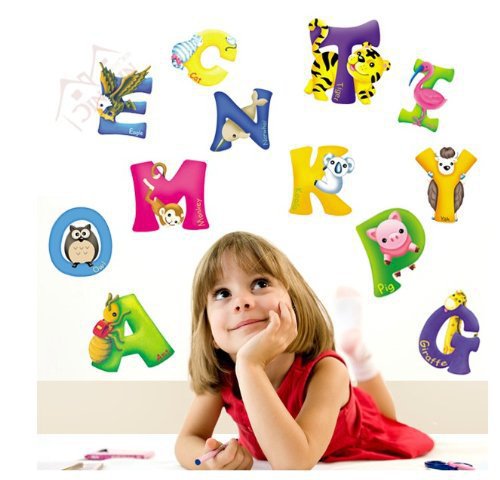 Bought a children's magazine, see if the title has the letter "a" . You can mold a letter from plasticine or dough, cut it out of paper. You can lay it out of sticks or sand.
Bought a children's magazine, see if the title has the letter "a" . You can mold a letter from plasticine or dough, cut it out of paper. You can lay it out of sticks or sand.
It will be much easier for you to captivate your baby if you always have blocks with letters, bright books, cards at hand. You can sing a song about a letter or listen to a funny verse. nine0003
So, study all the vowels one by one. At the end, you can explain that the sounds that you have already learned are called vowels. These are sounds that can be sung. Try to sing together "ah-ah-ah" or "woo-woo" .
Remember that we have 6 vowels ( a , o , y , e , s , and ) and 10 vowels. The letters and , and , and , and consist of 2 sounds. It is better to postpone the study of the latter for later, because there is no sound "i" , i is a letter consisting of 2 sounds. Do not confuse the child so that later educators and teachers do not have to retrain him.
Do not confuse the child so that later educators and teachers do not have to retrain him.
How to learn consonants?
After you have learned the basic vowels ( a , y , and , o ) you can move on to the consonants. You need to start with the simplest consonants ( b , p , m , n , t , g ). And here again we remember that we are teaching the child sounds, not letters. We know what to say0081 em ”, “ en ”, “ be ”, but children do not need to know this yet. The child must learn that this is the sound " mm " or the sound " nn ". After the baby learns simple consonants, you can proceed to the study of hissing.
Just like with vowels, knowledge needs to be consolidated. Children may confuse letters. To prevent this from happening, play associations.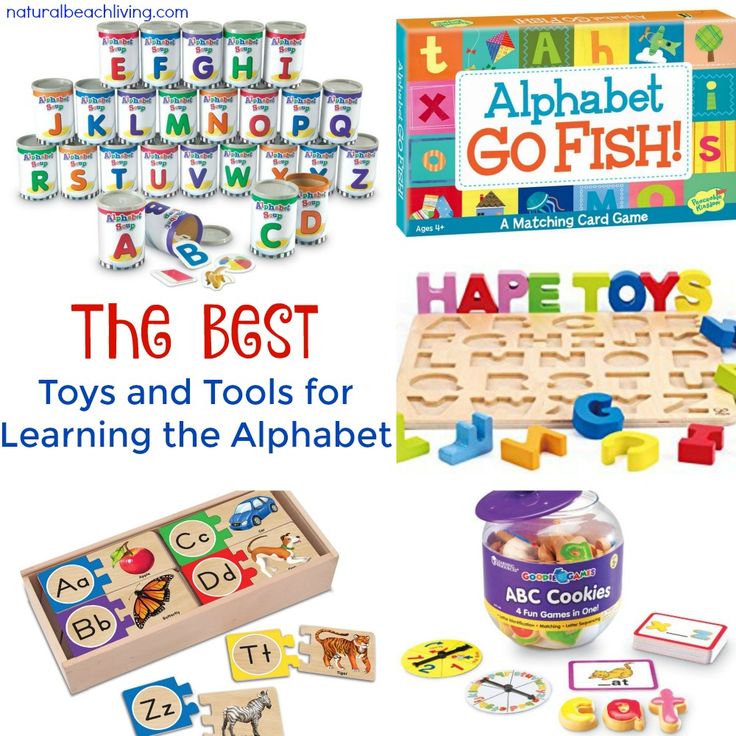 You can ask the children to think of what this letter looks like. Look for objects on the street that resemble this letter. For example, you walked past the horizontal bar, it is shaped like the letter " p ”, or look at the doorway, also resembles “ p ” in shape. Fold it out of pencils, look for it in store signs.
You can ask the children to think of what this letter looks like. Look for objects on the street that resemble this letter. For example, you walked past the horizontal bar, it is shaped like the letter " p ”, or look at the doorway, also resembles “ p ” in shape. Fold it out of pencils, look for it in store signs.
Alphabet learning techniques
There are several popular methods for teaching children to read and memorize the letters of the alphabet. You can use them, especially since specialists worked on them. But, no matter what method you work with, it is important to remember that your classes should not resemble lessons at school.
Children at this age should play and get the information they need through games. Therefore, after a short training part, immediately proceed to an interesting, gaming one. Creative activities are also very useful, with the help of which you not only study letters, but also develop the child’s fine motor skills, improve his drawing and coloring skills, and strengthen the ability to use scissors. nine0003
nine0003
Games and games
There are many games to help you consolidate your knowledge. We will give a few examples.
1. Find the words with the right sound . You need to prepare cards that show different objects. The child must choose among them those in which there is a studied sound. First, you can simplify the task: ask him to find words that begin with this letter.
2. Catch the sound . To stretch a little, mother and child walk around the room. Mom calls different words. As soon as the child hears a word with the desired sound, he stops and claps his hands. nine0003
3. Think of a word . Ask your child to come up with as many words as possible with a certain sound. You can do this in turn, for example, first the mother calls the word, then the baby.
The task needs to be complicated, that is, the sound can be not only at the beginning of the word, ask him to come up with a word in which this sound will be at the end or in the middle. For example, you are learning the sound "a". First, you select words that begin with this letter - apricot, orange, then those that end in "a" - Moscow, jellyfish or contain the sound "a" in the middle - mosaic, eye. nine0003
For example, you are learning the sound "a". First, you select words that begin with this letter - apricot, orange, then those that end in "a" - Moscow, jellyfish or contain the sound "a" in the middle - mosaic, eye. nine0003
4. Determine where the sound is hidden. You need to draw a simple word scheme: three squares connected to each other. Each square denotes its own: the beginning of the word, the middle and the end. Put this word scheme in front of the child, give him a chip.
You name different words, and he must show on the diagram where the sound that you pass is located. For example, if you called the word "watermelon" (you can show a picture), the child must put the chip in 1 cell, and if the word "fox" - then in the 3rd cell. nine0003
5. Ball game . An adult throws a ball to the child and calls different words. If they have a letter being studied, he catches the ball, if not, then he does not catch it. To begin with, you can use words in which this letter is at the beginning, then complicate the task, that is, it can be in the middle or end.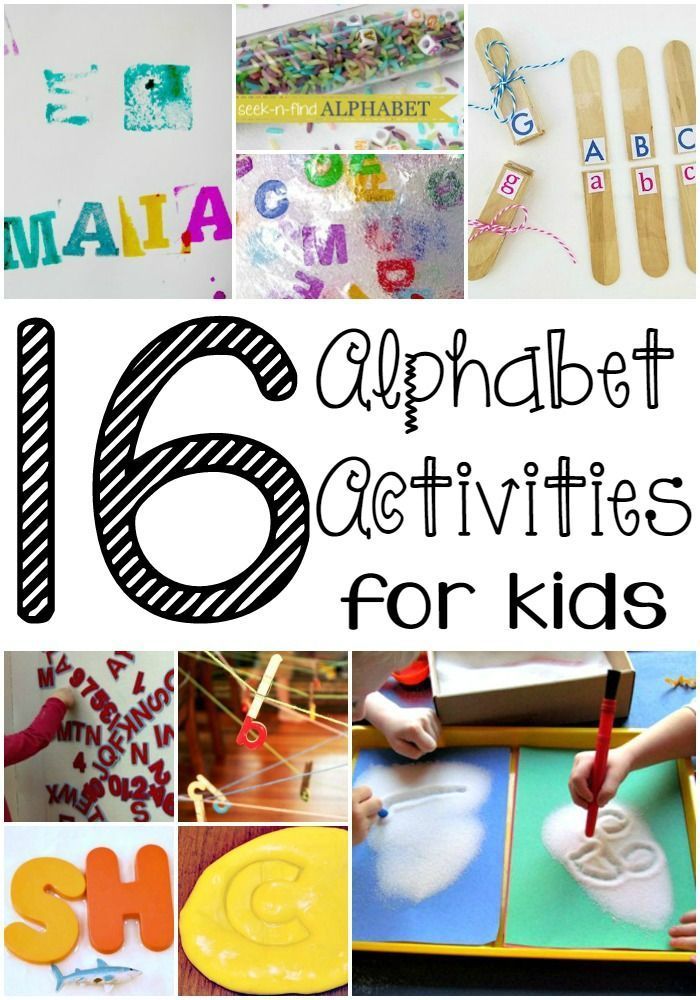
Author's methods of learning the alphabet
There are several recognized methods of teaching reading, each of which can be devoted to a separate article.
Zaitsev's cubes
The basis of Zaitsev's technique is a game, that is, children just play with cubes (there are 52 cubes of different sizes in the set) and at the same time learn to read without any effort. These games can be started from 6-12 months old, but up to 2 years old they are used like regular blocks, and children after 2 years old can start making words.
Zaitsev's main unit is a warehouse. It can consist of a consonant and a vowel, or a single letter. The basis of this method is the warehouse principle of reading. In addition to cubes, a large warehouse table is also used. nine0003
This technique has many advantages, the main of which is that any child can be taught to read. But there are also disadvantages, for example, over time, children will have to be retrained, because they remember that letters are indicated by one color, and the teacher enters his own colors, for example, red is a vowel.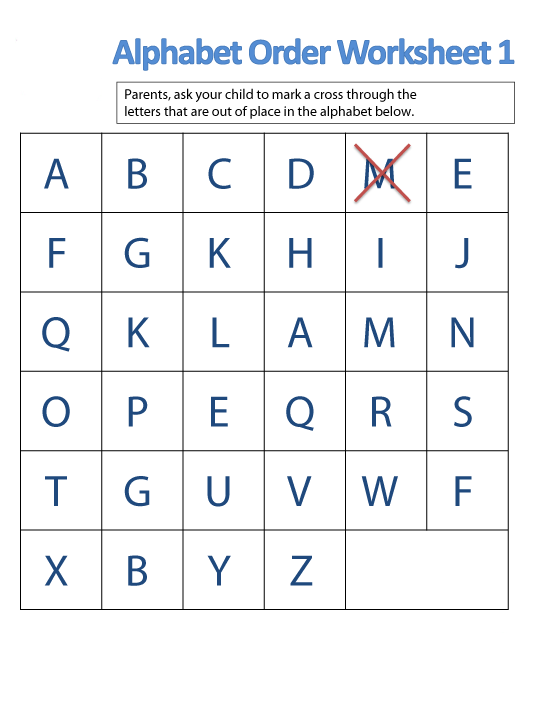 In addition, the child is used to the fact that words are divided into warehouses, and not into syllables. Yes, the benefits are very expensive.
In addition, the child is used to the fact that words are divided into warehouses, and not into syllables. Yes, the benefits are very expensive.
Doman's cards
Neurosurgeon Glen Doman developed his technique for children with CNS disorders, but then it was also used to teach healthy kids. He recommends teaching children to read not by letter, but by words, since letters mean nothing to him, and words have real designations. nine0003
For this, whole words are written on the cards in large print (at least 7-10 cm), for example, “mother” or “dad”, which must be quickly shown to the child, voicing each word. With the help of this method, even a small child can be taught to read. Training is necessarily carried out at an early age; after 5 years, the Glenn Doman method no longer works.
Olga Soboleva's Methodology
The principle of this training is based on the "two-hemispheric" work of the brain. The teacher tries to use the dominant type of memory, that is, the material is divided into 3 groups: for kinesthetics, visuals and auditory.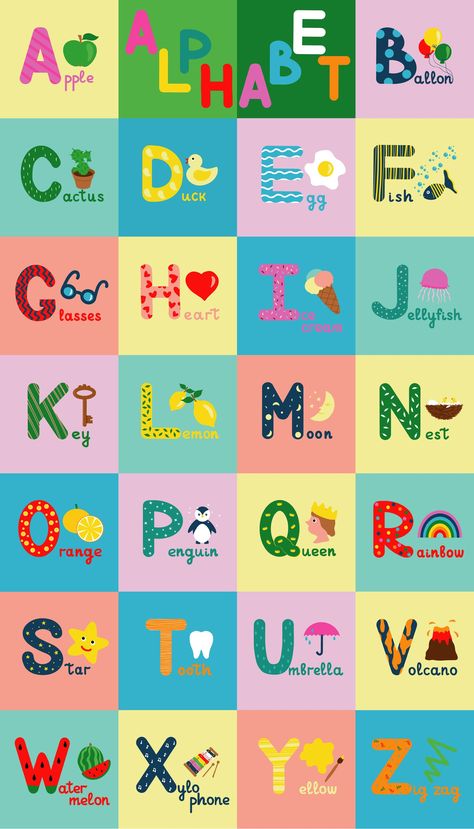 nine0003
nine0003
Many of its techniques are also used by ordinary teachers when teaching traditional methods to make it more interesting for children to study. Well suited for creative children and parents, it is not recommended for families where logic and structure come first.
Polyakov's method
Its author came up with 7 steps of learning to read, 70 lessons in total. Each lesson is detailed. They are held in the form of a game, take no more than 10 minutes. Stages 1 and 2 are the study of letters, warehouses, reading in warehouses. nine0003
Sergei Nikolaevich Polyakov himself, unfortunately, is no longer alive, but his work was continued by his son, as well as teachers who practice this method. If you wish, you can purchase books that describe in detail how to conduct classes, as well as video files with examples of classes.
Creative exercises
To reinforce the acquired knowledge, it is useful to conduct creative activities.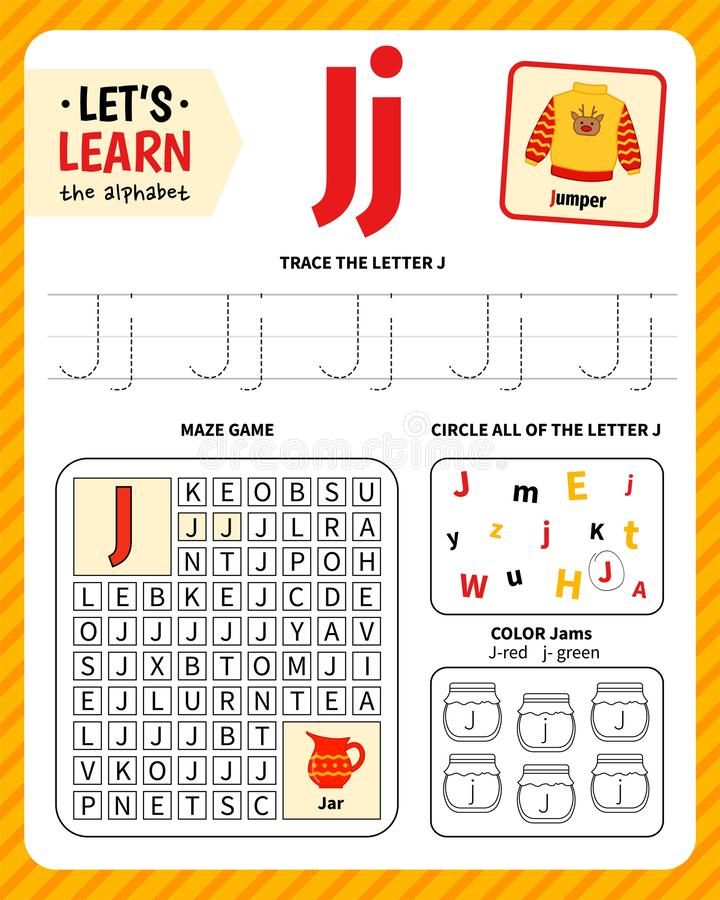 For example, you can make a beautiful alphabet together. We studied the letter - cut it out of cardboard. It is better to choose a dense material. If it is difficult for the baby, you can help him, and the child will decorate - attach beads, groats, sequins, beautiful fabric, etc. to it.
For example, you can make a beautiful alphabet together. We studied the letter - cut it out of cardboard. It is better to choose a dense material. If it is difficult for the baby, you can help him, and the child will decorate - attach beads, groats, sequins, beautiful fabric, etc. to it.
When you have collected the entire alphabet, you can decorate the children's room with it by connecting the letters into garlands, or hang it on the Christmas tree instead of toys. You can cut out paper blanks for letters, and the child must fold the whole letter from these parts.
Preschoolers love to draw and color. You can buy coloring books with letters, he will color them and remember what kind of letter it is. Or ask him to draw with felt-tip pens on paper, with chalk on a blackboard what you have already studied. But at this age, children should not be taught writing, this should be done by teachers in elementary school. The only thing you can teach your baby is to write in block letters.